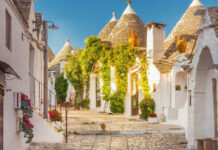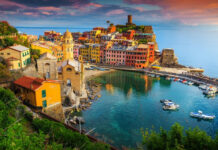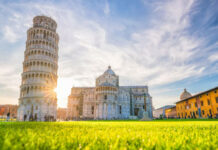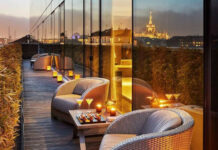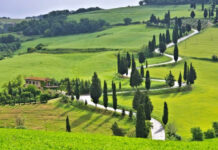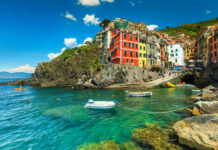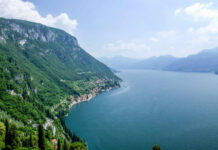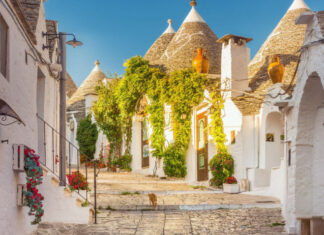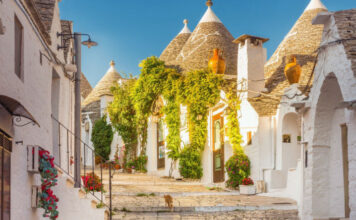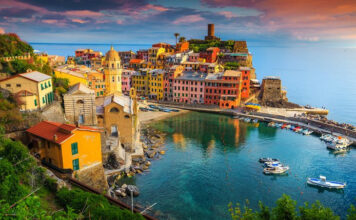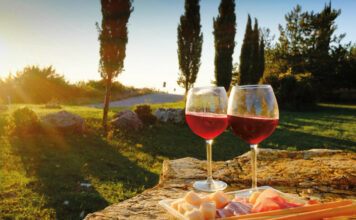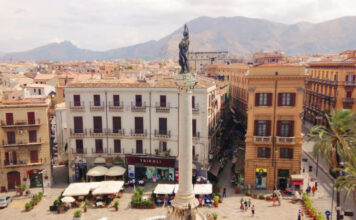Florence isn’t just a city—it’s a time capsule, a living gallery, and the heartbeat of one of history’s most transformative eras: the Renaissance. Every cobblestone street and terracotta rooftop whispers stories of artists, architects, and thinkers who revolutionized the world. To walk through Florence is to walk through the mind of Leonardo da Vinci, the hands of Michelangelo, and the vision of Brunelleschi.
If you’re seeking a journey that feeds both the eyes and the soul, the Renaissance Trail in Florence is your ultimate pilgrimage. This guide takes you deep into the most essential and awe-inspiring works of art and architecture that define the city—and Western civilization itself.
Why Florence? Why the Renaissance?
Before we lace up our walking shoes, let’s pause and ask—why did Florence become the cradle of the Renaissance? The answer is a blend of politics, money, intellect, and serendipity.
In the 14th and 15th centuries, Florence was a republic and a wealthy trading hub. It was also home to the Medici family, powerful patrons who funded artists and thinkers. The rediscovery of classical texts, combined with a humanist spirit and revolutionary technical innovations, sparked a cultural explosion.
Here, creativity wasn’t just allowed—it was revered. Artists weren’t seen as mere craftsmen, but as intellectuals and celebrities. This fertile ground gave birth to the Renaissance—literally “rebirth”—a revival of classical ideals infused with new human emotion, realism, and perspective.
Let’s trace the steps of this revolution, starting in the very heart of the city.
1. The Florence Cathedral (Santa Maria del Fiore) & Brunelleschi’s Dome
Standing at the very center of Florence, the Cathedral of Santa Maria del Fiore is impossible to ignore. Its red-tiled dome dominates the skyline, but it’s not just a visual marvel—it’s an engineering miracle.
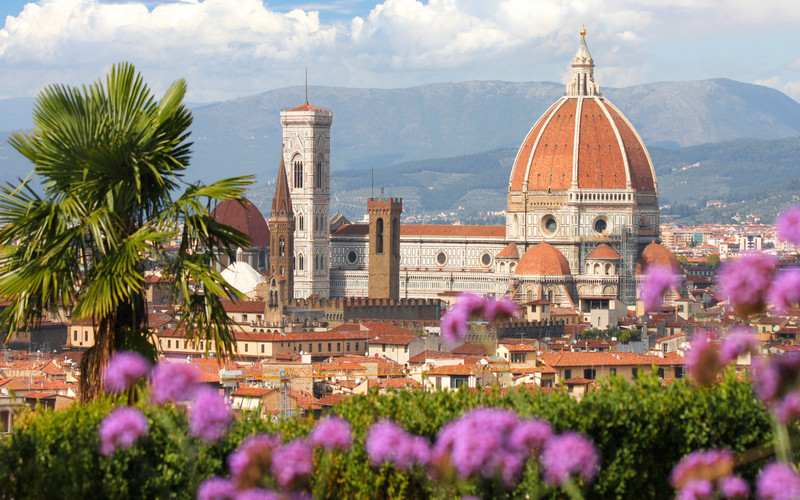
When Filippo Brunelleschi was tasked with completing the dome in the 15th century, no one had built anything like it since antiquity. With no precedent and no modern technology, he invented machines, studied Roman techniques, and defied gravity to raise the dome that changed architecture forever.
Climb the 463 steps to the top—not just for the view, but to appreciate the dome’s inner structure, frescoes by Vasari and Zuccari, and the sheer audacity of Renaissance ingenuity.
Don’t miss:
-
The Baptistery of St. John (right in front of the cathedral), especially the “Gates of Paradise” by Lorenzo Ghiberti, named so by Michelangelo himself.
-
Giotto’s Campanile, the cathedral’s bell tower, with its rich sculptural decoration and sweeping views.
2. The Uffizi Gallery: A Cathedral of Paintings
No Renaissance trail is complete without stepping into the Uffizi Gallery, one of the most important art museums in the world. What started as offices (uffizi) for Florentine magistrates is now a sanctuary of Renaissance masterpieces.
As you walk its arched corridors overlooking the Arno, you’ll encounter the evolution of art—step by step, brushstroke by brushstroke.
Must-sees:
-
Sandro Botticelli’s “The Birth of Venus” and “Primavera” – Ethereal, poetic, and filled with symbolism, these works embody the marriage of myth and humanism.
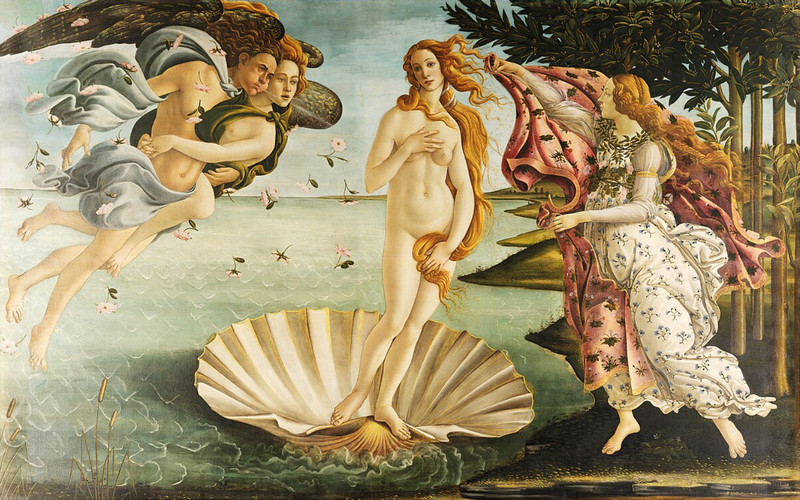
-
Leonardo da Vinci’s “Annunciation” – A young Leonardo, already experimenting with light, geometry, and grace.
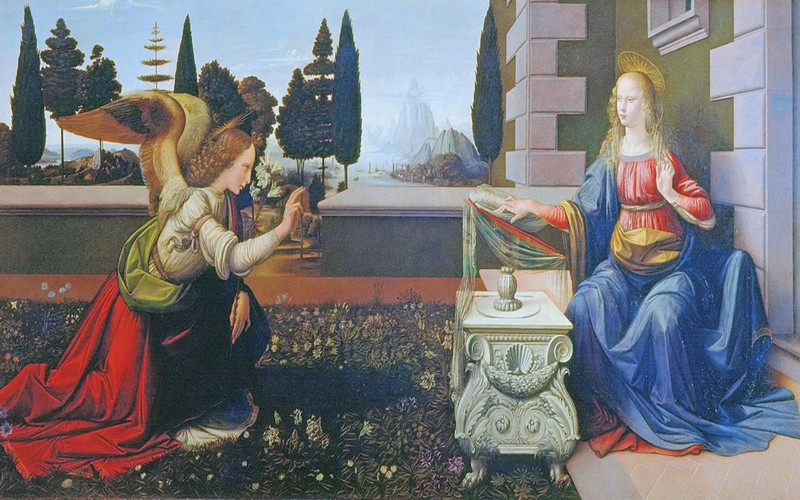
-
Michelangelo’s “Doni Tondo” – One of his rare panel paintings, it vibrates with color and muscular intensity.
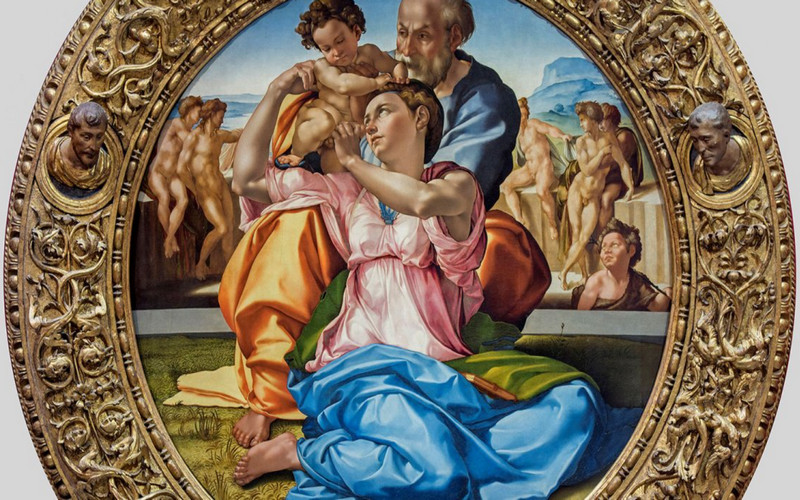
-
Works by Cimabue, Giotto, Fra Angelico, Raphael, and Titian.
Tip: Book a guided tour or audio guide to fully understand the context behind each masterpiece.
3. Piazza della Signoria & Palazzo Vecchio: Politics and Power in Stone
Step into Piazza della Signoria, and you’re standing in what was once the political heart of Florence. The open-air gallery of sculptures is an education in civic pride, human form, and storytelling through stone.
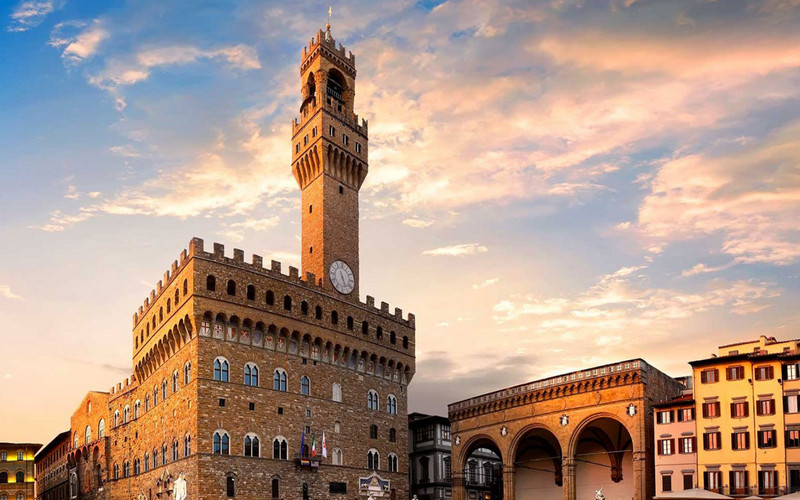
The imposing Palazzo Vecchio, with its fortress-like walls and soaring tower, was Florence’s city hall and Medici residence. Inside, rooms are adorned with frescoes by Vasari and even secret passageways designed for intrigue and escape.
Don’t miss:
-
Michelangelo’s David (replica) in front of the entrance—it once stood here before being moved indoors.
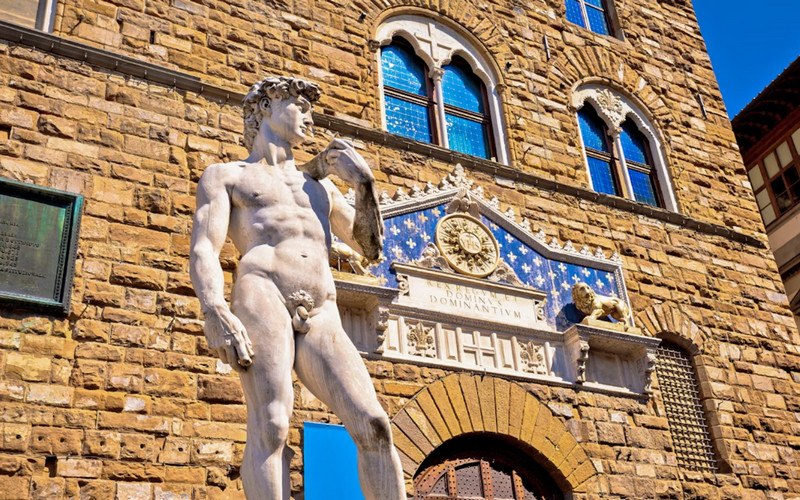
-
Cellini’s “Perseus with the Head of Medusa” under the Loggia dei Lanzi—gruesome, glittering, and gloriously Renaissance.
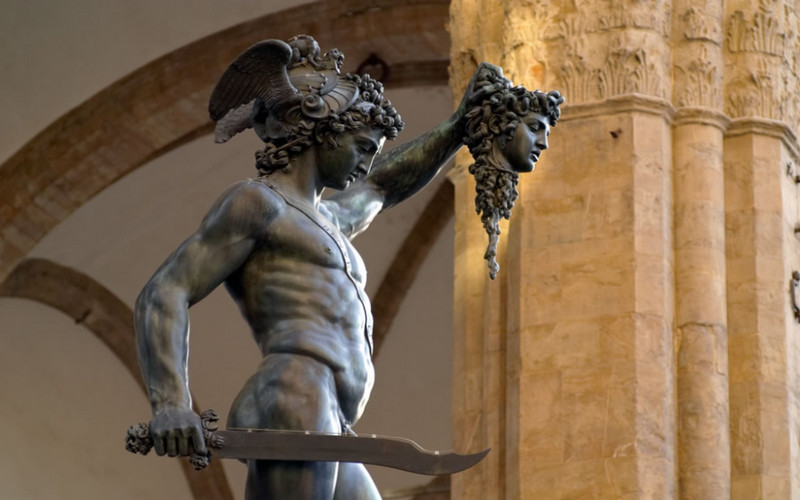
-
The Hall of the Five Hundred, filled with massive battle scenes and Medici propaganda.
4. The Accademia Gallery: The Real David
You’ve seen the photos, the replicas, maybe even souvenirs—but nothing prepares you for seeing Michelangelo’s David in person. Towering at 17 feet, carved from a single block of marble, David is the embodiment of Renaissance ideals: perfect proportion, divine beauty, human defiance.
Created between 1501 and 1504, Michelangelo sculpted David not as a victorious hero, but at the moment of tension—just before facing Goliath. Veins bulge, tendons flex, and his gaze pierces with terrifying calm. It’s not just a statue; it’s an awakening.
Also inside the Accademia:
-
Michelangelo’s “Prisoners” or “Slaves” – unfinished works that seem to wrestle their way out of marble, revealing the artist’s belief that figures were already inside the stone.
-
Religious panels and altarpieces from earlier Florentine schools.
5. The Basilica of Santa Croce: The Temple of Genius
Often overshadowed by the Duomo, Santa Croce is quietly profound. It’s where Florence’s greatest minds rest in peace—including Michelangelo, Galileo, Machiavelli, and Rossini.
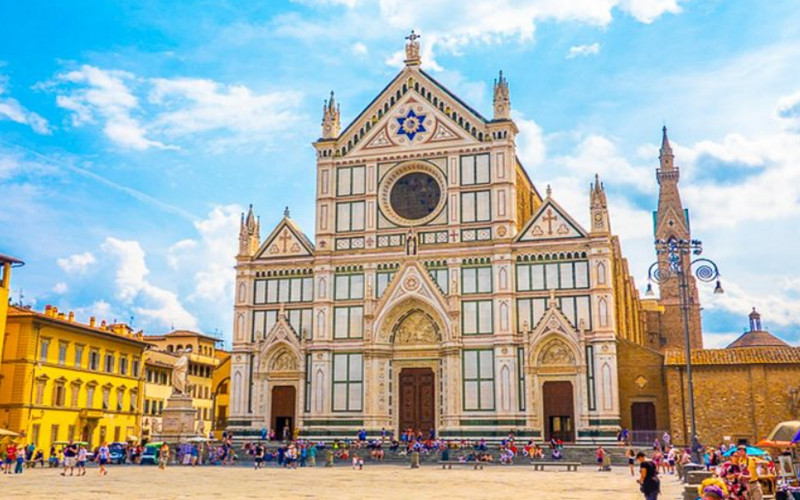
The basilica’s gothic façade is striking, but its interior houses a range of Renaissance artworks. Don’t miss:
-
Giotto’s frescoes in the Bardi and Peruzzi Chapels—early Renaissance narrative painting at its most expressive.
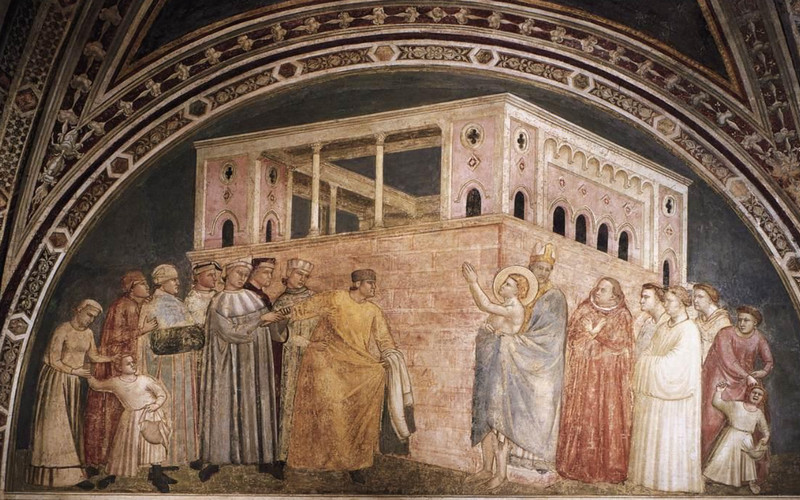
-
Donatello’s wooden “Crucifix”, raw and emotional.
-
The Pazzi Chapel, a Brunelleschi design that epitomizes harmonious Renaissance geometry.
6. The Basilica of San Lorenzo & Medici Chapels
Commissioned by the Medici and designed by Brunelleschi, San Lorenzo is often overlooked by tourists but essential to the Renaissance story.
Inside, the Old Sacristy is a marvel of early Renaissance architecture, and the Medici Chapels are a testament to the family that bankrolled much of Florence’s glory.
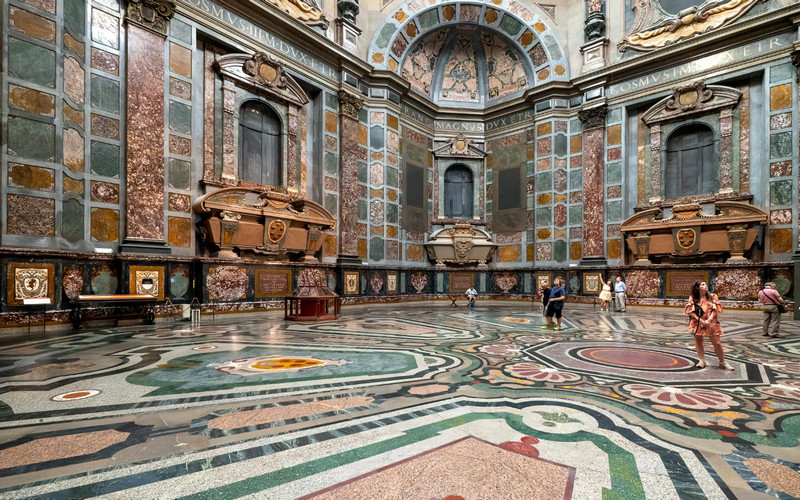
The real gem? The New Sacristy, designed by Michelangelo. Here, his sculptures “Night,” “Day,” “Dawn,” and “Dusk” flank the tombs of Medici dukes, wrestling with mortality in marble.
7. The Church of Santa Maria Novella
Arriving by train? Your Renaissance trail begins immediately—Santa Maria Novella is just steps away from the station, and it’s worth exploring.
Inside:
-
Masaccio’s “Holy Trinity” – one of the earliest uses of linear perspective in painting. It creates a realistic illusion of three-dimensional space—a revolutionary idea at the time.
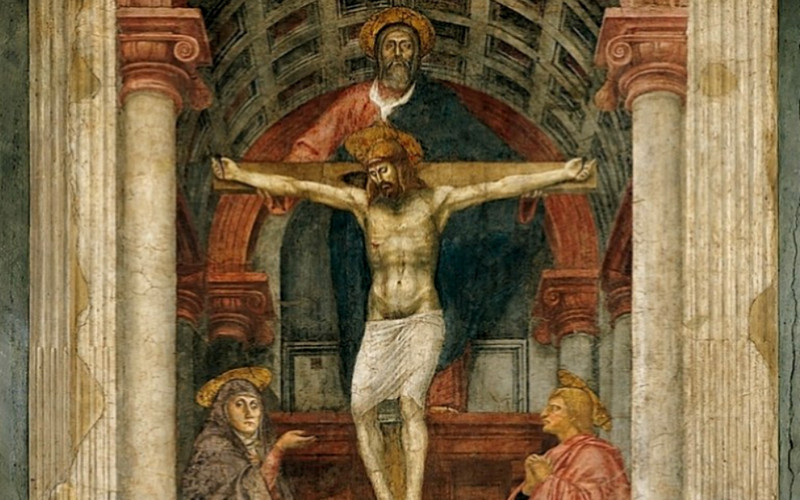
-
Frescoes by Ghirlandaio (who trained a young Michelangelo) and Filippino Lippi.
-
A peaceful cloister and botanical garden—once used by Dominican monks for medicinal herbs.
8. Beyond the Walls: The Convent of San Marco
For a more meditative stop, head to San Marco, once home to Dominican monks and the mystical preacher Savonarola.
The convent’s cells are each adorned with quiet frescoes by Fra Angelico, a painter-monk whose soft, luminous scenes evoke serenity and spiritual devotion. This is one of the most intimate and moving art experiences in Florence.
The Renaissance Is Alive in Florence
Florence isn’t just a city you visit—it’s a city you feel. The Renaissance isn’t sealed in museums or frozen in time. It’s in the way light hits the Arno at sunset, how locals gather in piazzas, and how even a simple café seems to honor form, function, and beauty.
To follow the Renaissance trail is to immerse yourself in a golden age where humanity was reimagined. Where the divine met the earthly. Where geniuses shaped not only Florence but the entire course of Western culture.
Whether you’re a first-time visitor or returning pilgrim, Florence offers more than a visual feast. It gives you perspective—on beauty, on creativity, and on the incredible power of human potential.
